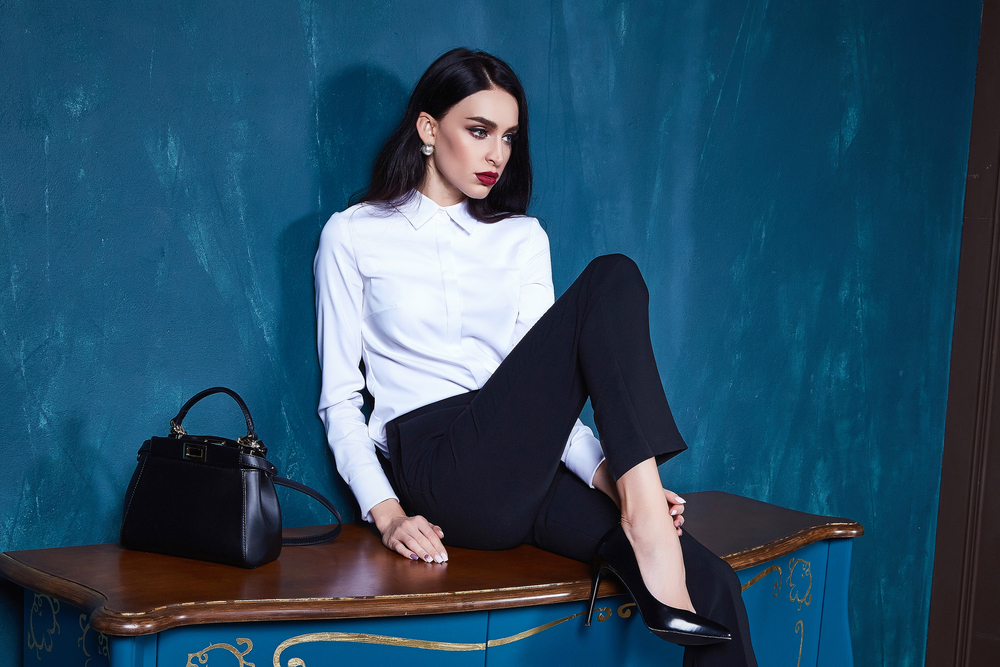
The world of modelling has long been a source of fascination and intrigue. From the glamorous runways of high-end fashion shows to the pages of glossy magazines, models captivate us with their beauty, grace, and ability to transform into characters that bring designs to life. But beyond the surface allure, modeling is an art form that demands dedication, skill, and resilience. In this article, we'll delve into the intricate world of modeling, exploring its many facets and shedding light on what it takes to succeed in this competitive industry.
The Evolution of Modeling
Modeling as we know it today has evolved over centuries. While we often associate it with the fashion industry, its roots can be traced back to the ancient Greeks, who used sculpted models to create their artwork. During the Renaissance, models were essential for artists, providing inspiration and reference for their paintings and sculptures. It was not until the late 19th century that the concept of fashion modeling we recognize emerged, coinciding with the rise of couture houses and fashion magazines.
The modeling industry experienced a significant expansion in the mid-20th century, with the advent of fashion photography and the proliferation of fashion magazines. Models became not only the canvas for designers but also the face of brands. Their images adorned billboards, television commercials, and eventually, the internet. The rise of social media platforms further revolutionized the industry, giving models a direct line of communication with their audience and opening doors for aspiring talents.
The Different Types of Modeling
When we think of modeling, our minds often jump to the catwalks of fashion weeks. However, modeling encompasses a wide range of disciplines, each with its own requirements and demands. Some of the most common types of modeling include:
1. Fashion Modeling: This is the branch most people are familiar with, involving showcasing clothing, accessories, and beauty products on runways or in editorial shoots.
2. Commercial Modeling: Commercial models are hired to represent products or services in advertisements. This type of modeling is less focused on the model's appearance and more on their ability to embody the desired consumer.
3. Editorial Modeling: Editorial models fill the pages of fashion magazines, showcasing the latest trends and interpreting various concepts through their poses and expressions.
4. Fitness Modeling: Fitness models promote health and wellness products through their fit, toned physiques. They often appear in magazines, advertisements, and fitness-related events.
5. Plus-size Modeling: Plus-size models challenge traditional beauty standards and promote body positivity by representing clothing lines and brands targeted at a broader range of sizes.
The Challenges of the Industry
While the world of modeling may seem glamorous, it is not without its challenges. The competition is fierce, and aspiring models must be prepared to face rejection regularly. The industry also places high demands on models' appearances, often pressuring them to conform to specific beauty standards. This pressure can negatively impact their mental health and self-image, emphasizing the importance of self-care and resilience.
Moreover, the modeling industry has been criticized for its lack of diversity and representation. However, recent years have seen a shift towards inclusivity, with brands and agencies actively seeking models from a broader range of ethnicities, body types, and gender identities. This progress has resulted in an increased demand for diverse models, giving rise to more opportunities for those who were previously marginalized.
Frequently Asked Questions
Q1: How can I pursue a career in modeling?A1: Start by building a modeling portfolio with professional photographs. Research reputable agencies and submit your portfolio for consideration. It's also essential to maintain a healthy lifestyle and take care of your physical and mental well-being.
Q2: What are some tips for a successful photoshoot?
A2: Prepare by practicing different poses, facial expressions, and body language. Familiarize yourself with the brand or concept you will be representing and try to embody its essence. Finally, communicate openly with the photographer and follow their direction.
Q3: Can anyone become a model?
A3: While the industry has become more inclusive, there are still certain height, size, and age requirements for specific types of modeling. However, with the growing demand for diversity, there are opportunities for a wide range of individuals to pursue a modeling career.
Q4: How do I handle rejection in the modeling industry?
A4: Rejection is an inevitable part of the modeling industry. It's important to remember that it is not a reflection of your worth or potential. Take each rejection as an opportunity to learn and grow, and keep pushing forward.
Q5: Are there any ethical concerns in the modeling industry?
A5: Yes, there have been concerns raised regarding the exploitation and mistreatment of models. It's crucial to research and choose reputable agencies and brands that prioritize the well-being and fair treatment of their models. If in doubt, seek advice and support from industry professionals.
In Conclusion
Modeling is an art form that combines the talents of models, designers, photographers, and stylists. From its ancient origins to the modern-day runway, it continues to captivate audiences worldwide. While the industry has its challenges, it also offers opportunities for self-expression, creativity, and personal growth. Whether it's strutting the catwalk or gracing the pages of a magazine, modeling provides a platform for individuals to embody characters, inspire fashion trends, and tell stories that transcend mere clothing. Embrace the art of modeling, and unlock the hidden worlds of fashion and beyond.
Other useful resources
- https://en.wikipedia.org/wiki/Category:Modeling_(profession)
- https://www.planetmodelphoto.com/models/modeling/usa/wilmington/nc-north-carolina
- https://www.planetmodelphoto.com